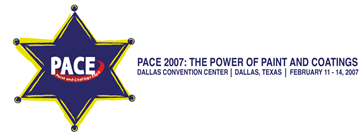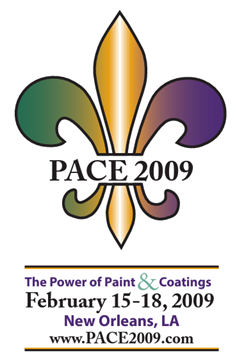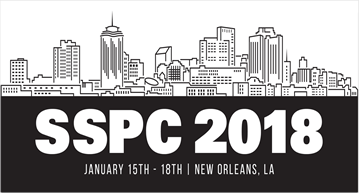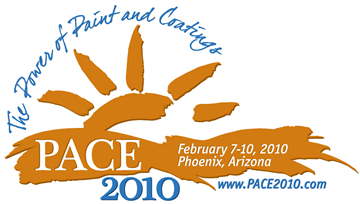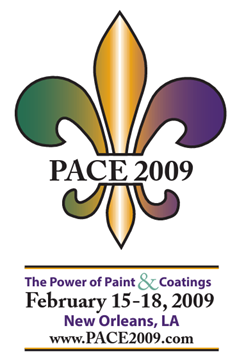Search
Individual Conference Papers
View as
Sort by
Display
per page
Novel Multiport Flow-Column Corrosion Monitoring System (MFC) Revealed High Corrosion Rates by Corrosive Methanogenic Archaea
Product Number:
51321-16303-SG
Publication Date:
2021
$20.00
Novel Raw Materials for Enhanced Polyurea Coatings Performance
Product Number:
41207-388-SG
Publication Date:
2007
$20.00
Novel Self-Healing Chemistries for Elevated Tempurature Coating Applications
Product Number:
41209-519-SG
Publication Date:
2009
$20.00
Novel Silicone Hardener for Eco-friendly Heat Resistant Coatings
Product Number:
51323-18951-SG
Publication Date:
2023
$20.00
Novel Solution For Corrosion Coupon Access Fitting Abandonment
Product Number:
51322-18107-SG
Publication Date:
2022
$20.00
Novel Structure Modified fumed Silica Technology (SMS) Improves AntiFouling Performance in Cuprous Oxide Based Coatings
Product Number:
51217-059-SG
Publication Date:
2017
$20.00
Novel Testing Methodology of TwoCoat and Three-Coat Systems for Steel Bridge Structures
Product Number:
51218-163-SG
Publication Date:
2018
$20.00
Novel Thin-Sol-Gel Coatings for Biofouling Prevention and Easy Removal
Product Number:
51323-19037-SG
Publication Date:
2023
$20.00
Novel Waterborne Epoxy Resin Dispersion for High Performance Metal Primers and Concrete Floor Finishes
Product Number:
41210-573-SG
Publication Date:
2010
$20.00
Novel Waterborne Technology Paves a New Roadway for Alkyds
Product Number:
41215-935-SG
Publication Date:
2015
$20.00
Now You See It Now You Don’t: Waterborne Polyurethane Graffiti Resistant Coatings
Product Number:
41209-506-SG
Publication Date:
2009
$20.00
NSRP Surface Preparation and Coating Panel Update Initiatives to Reduce the Costs of Painting Navy Ships
Product Number:
41212-669-SG
Publication Date:
2012
$20.00


